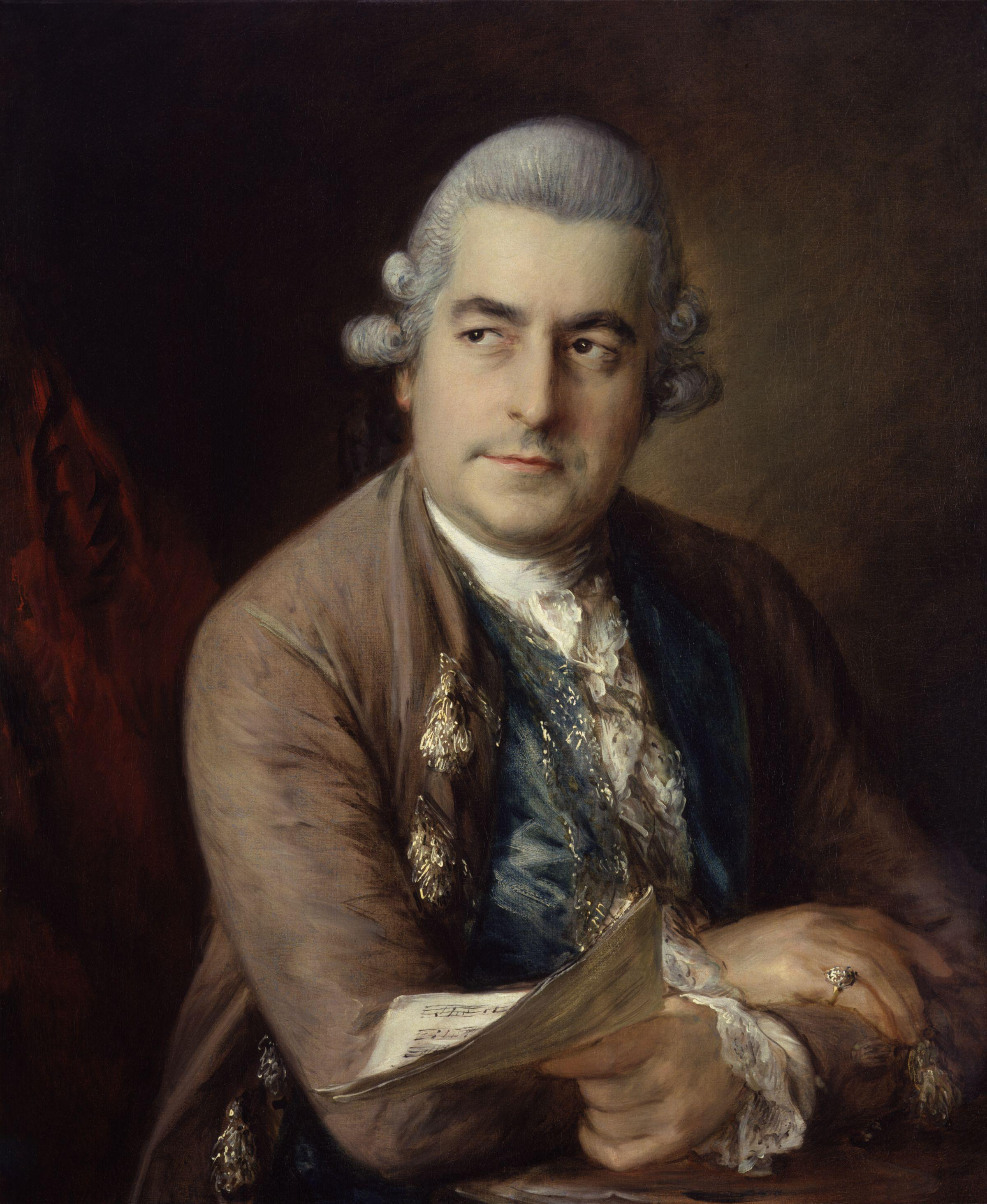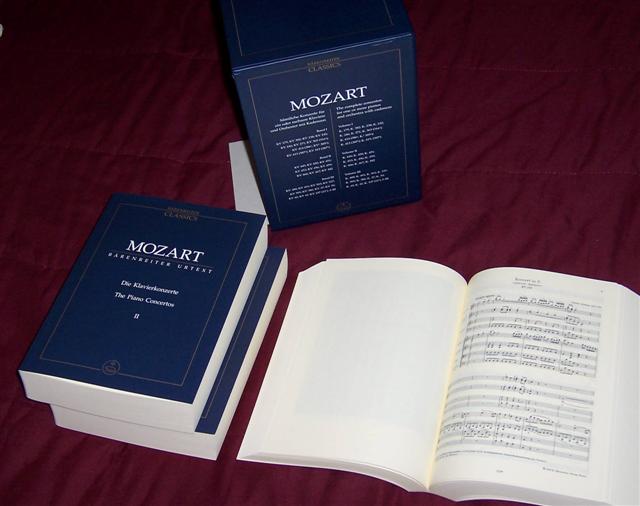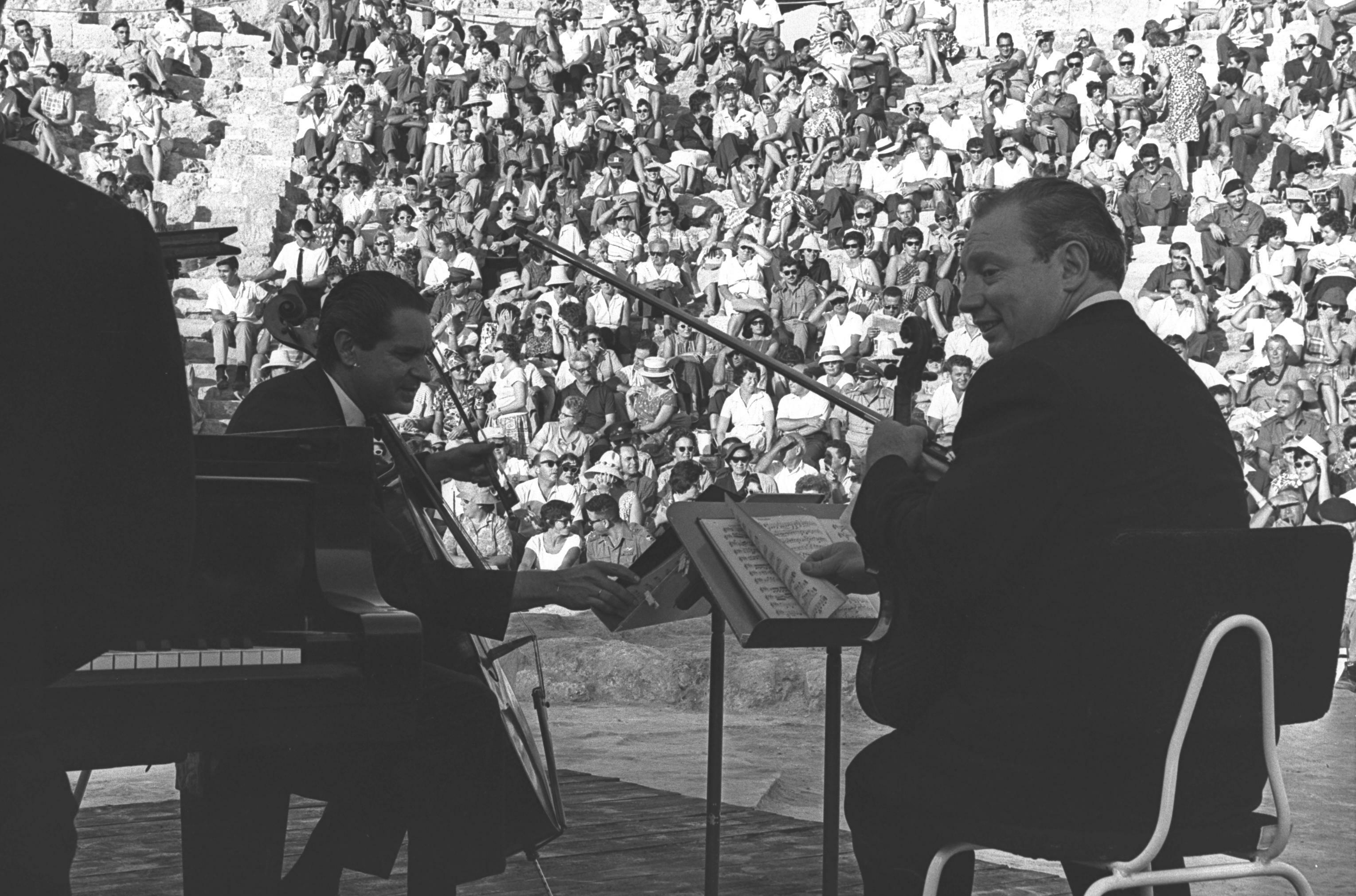|
Violin Sonatas, KV 10–15 (Mozart)
Wolfgang Amadeus Mozart composed six sonatas for keyboard with accompaniment of violin (or flute) and cello, Köchel catalogue, K. 10–15, in late 1764 in London during the Mozart family grand tour, Mozart family's grand tour of Europe. Charlotte of Mecklenburg-Strelitz, Queen Charlotte (the wife of King George III) commissioned them on 25 October, and the works were dedicated to her on 18 January 1765. They were published as Mozart's "Opus III" by his father Leopold Mozart, Leopold at 20 Frith Street, Soho, London, where the Mozarts lived from September 1764 until after May 1765. The keyboard part was originally written for a harpsichord. Unlike Mozart's other works for violin and keyboard, the first edition was printed with a separate ''ad libitum'' cello part for all six sonatas. The part mostly doubles the principal notes in the left hand part of the keyboard in the manner of Joseph Haydn, Haydn's List of piano trios by Joseph Haydn, early piano trios (e.g. Trio No. 5 ... [...More Info...] [...Related Items...] OR: [Wikipedia] [Google] [Baidu] |
Wolfgang Amadeus Mozart
Wolfgang Amadeus Mozart (27 January 17565 December 1791), baptised as Joannes Chrysostomus Wolfgangus Theophilus Mozart, was a prolific and influential composer of the Classical period. Despite his short life, his rapid pace of composition resulted in more than 800 works of virtually every genre of his time. Many of these compositions are acknowledged as pinnacles of the symphonic, concertante, chamber, operatic, and choral repertoire. Mozart is widely regarded as among the greatest composers in the history of Western music, with his music admired for its "melodic beauty, its formal elegance and its richness of harmony and texture". Born in Salzburg, in the Holy Roman Empire, Mozart showed prodigious ability from his earliest childhood. Already competent on keyboard and violin, he composed from the age of five and performed before European royalty. His father took him on a grand tour of Europe and then three trips to Italy. At 17, he was a musician at the Salzburg court b ... [...More Info...] [...Related Items...] OR: [Wikipedia] [Google] [Baidu] |
Johann Christian Bach
Johann Christian Bach (September 5, 1735 – January 1, 1782) was a German composer of the Classical period (music), Classical era, the eighteenth child of Johann Sebastian Bach, and the youngest of his eleven sons. After living in Italy for several years, Bach moved to London in 1762, where he became known as "the London Bach". He is also sometimes known as "the English Bach", and during his time spent living in the British capital, he came to be known as John Bach. He is noted for playing a role in influencing the concerto styles of Joseph Haydn, Haydn and Wolfgang Amadeus Mozart, Mozart. He contributed significantly to the development of the new sonata principle. Life Johann Christian Bach was born to Johann Sebastian Bach, Johann Sebastian and Anna Magdalena Bach in Leipzig, Germany. His distinguished father was already 50 at the time of his birth—an age gap exemplified by the sharp differences in the musical styles of father and son. Even so, father Bach instructed Joh ... [...More Info...] [...Related Items...] OR: [Wikipedia] [Google] [Baidu] |
Violin Sonatas By Wolfgang Amadeus Mozart
The violin, sometimes known as a '' fiddle'', is a wooden chordophone ( string instrument) in the violin family. Most violins have a hollow wooden body. It is the smallest and thus highest-pitched instrument ( soprano) in the family in regular use. The violin typically has four strings (some can have five), usually tuned in perfect fifths with notes G3, D4, A4, E5, and is most commonly played by drawing a bow across its strings. It can also be played by plucking the strings with the fingers (pizzicato) and, in specialized cases, by striking the strings with the wooden side of the bow (col legno). Violins are important instruments in a wide variety of musical genres. They are most prominent in the Western classical tradition, both in ensembles (from chamber music to orchestras) and as solo instruments. Violins are also important in many varieties of folk music, including country music, bluegrass music, and in jazz. Electric violins with solid bodies and piezoelectric p ... [...More Info...] [...Related Items...] OR: [Wikipedia] [Google] [Baidu] |
New Mozart Edition
The ''Neue Mozart-Ausgabe'' (''NMA''; English: ''New Mozart Edition'') is the second complete works edition of the music of Wolfgang Amadeus Mozart. A longer and more formal title for the edition is ''Wolfgang Amadeus Mozart (1756–1791): Neue Ausgabe sämtlicher Werke'' olfgang Amadeus Mozart (1756–1791): New Edition of the Complete Works Publication Published between 1956 and 2007 by Bärenreiter-Verlag, the ''NMA'' is a scholarly critical edition of all of Mozart's compositions. It consists of 132 volumes containing 25,000 pages of music, organised in 35 work groups, arranged in ten series. Each music volume is accompanied by a separate critical commentary, totalling 8,000 pages. The ten series are: Strengths The ''Neue Mozart-Ausgabe'' is an advance over the previous complete works edition of Mozart published by Breitkopf & Härtel from 1877 to 1883 (with supplements until 1910), which is sometimes referred to today as the ''Alte Mozart-Ausgabe'' (or "Old Mozart Editi ... [...More Info...] [...Related Items...] OR: [Wikipedia] [Google] [Baidu] |
Flute Sonata
A flute sonata is a sonata usually for flute and piano, though occasionally other accompanying instruments may be used. Flute sonatas in the Baroque period were very often accompanied in the form of basso continuo. List of flute sonatas *George Antheil **Sonata for flute and piano (1951) *Malcolm Arnold **Sonata for flute and piano, Op.121 (1977) *Claude Arrieu **Sonatina for flute and piano (1944) *Carl Philipp Emanuel Bach ** Sonata in A minor for solo flute (H. (Helm) 562/Wq. (Wotquenne) 132) (1747) **14 sonatas for flute and continuo **Sonata in G minor for flute and harpsichord, BWV 1020 ** Sonata in E-flat major for flute and harpsichord, BWV 1031 ** Sonata in C major for flute and basso continuo, BWV 1033 *Johann Christian Bach **Sonatas for keyboard with flute or violin, Op. 16 *Johann Sebastian Bach ** Sonata in B minor for flute and harpsichord, BWV 1030 ** Sonata in A major for flute and harpsichord, BWV 1032 ** Sonata in E minor for flute and basso continuo, BWV 1034 * ... [...More Info...] [...Related Items...] OR: [Wikipedia] [Google] [Baidu] |
Violin Sonata
A violin sonata is a musical composition for violin, often accompanied by a keyboard instrument and in earlier periods with a bass instrument doubling the keyboard bass line. The violin sonata developed from a simple baroque form with no fixed format to a standardised and complex classical form. Since the romantic age some composers have pushed the boundaries of both the classical format as well as the use of the instruments. The early violin sonata In the earliest violin sonatas a bass instrument and the harpsichord played a simple bass line (continuo) with the harpsichord doubling the bass line and fixed chords while the violin played independently. The music was contrapuntal with no fixed format. Georg Philipp Telemann wrote many such sonatas as did Johann Sebastian Bach. Bach also wrote sonatas with harpsichord obbligato, which freed the keyboard instrument from playing only a bass line accompaniment and allowed in to enhance the part of the soloist. He also wrote sonatas for ... [...More Info...] [...Related Items...] OR: [Wikipedia] [Google] [Baidu] |
Alte Mozart-Ausgabe
The ''Alte Mozart-Ausgabe'' is the name by which the first complete edition of the music of Wolfgang Amadeus Mozart, is known nowadays, published by Breitkopf & Härtel from January 1877 to December 1883, with supplements published until 1910. The name ''Alte Mozart-Ausgabe'' (abbreviated "AMA") is actually a modern invention to distinguish the edition from the second Mozart complete works edition, the ''Neue Mozart-Ausgabe''; the publication title of Breitkopf & Härtel's edition was ''Wolfgang Amadeus Mozarts Werke. Kritisch durchgesehene Gesammtausgabe.'' (It is therefore sometimes referred to as the "''Mozart Gesammtausgabe''".) One of the guiding lights of the AMA was Ludwig Ritter von Köchel, compiler of the still-standard Köchel-Verzeichnis (thematic catalog) of Mozart's works. From behind the scenes, Köchel worked to have the edition completed, lending valuable scores to the publisher and editors for their work. Among those involved in the actual editing were Johannes ... [...More Info...] [...Related Items...] OR: [Wikipedia] [Google] [Baidu] |
Piano Trio
A piano trio is a group of piano and two other instruments, usually a violin and a cello, or a piece of music written for such a group. It is one of the most common forms found in classical chamber music. The term can also refer to a group of musicians who regularly play this repertoire together; for a number of well-known piano trios, see below. The term "piano trio" is also used for jazz trios, where it most commonly designates a pianist accompanied by bass and drums, though guitar or saxophone may figure as well. Form Works titled "Piano Trio" tend to be in the same overall shape as a sonata. Initially this was in the three movement form, though some of Haydn's have two movements. Mozart, in five late works, is generally credited with transforming the accompanied keyboard sonata, in which the essentially optional cello doubles the bass of the keyboard left hand, into the balanced trio which has since been a central form of chamber music. With the early 19th century, particular ... [...More Info...] [...Related Items...] OR: [Wikipedia] [Google] [Baidu] |
Neue Mozart-Ausgabe
The ''Neue Mozart-Ausgabe'' (''NMA''; English: ''New Mozart Edition'') is the second complete works edition of the music of Wolfgang Amadeus Mozart. A longer and more formal title for the edition is ''Wolfgang Amadeus Mozart (1756–1791): Neue Ausgabe sämtlicher Werke'' olfgang Amadeus Mozart (1756–1791): New Edition of the Complete Works Publication Published between 1956 and 2007 by Bärenreiter-Verlag, the ''NMA'' is a scholarly critical edition of all of Mozart's compositions. It consists of 132 volumes containing 25,000 pages of music, organised in 35 work groups, arranged in ten series. Each music volume is accompanied by a separate critical commentary, totalling 8,000 pages. The ten series are: Strengths The ''Neue Mozart-Ausgabe'' is an advance over the previous complete works edition of Mozart published by Breitkopf & Härtel from 1877 to 1883 (with supplements until 1910), which is sometimes referred to today as the ''Alte Mozart-Ausgabe'' (or "Old Mozart Editi ... [...More Info...] [...Related Items...] OR: [Wikipedia] [Google] [Baidu] |
List Of Piano Trios By Joseph Haydn
This is a list of piano trios by Joseph Haydn, including the chronological number assigned by H. C. Robbins Landon and the number they are given in Anthony van Hoboken's catalogue of his works. (Hoboken's listings of Haydn compositions are divided by musical genre, and the piano trios as a category are grouped under the Roman numeral prefix XV.) Haydn's early trios are considered minor works and are seldom played except in the context of complete editions. In contrast, the later trios, starting in the mid-1780s, reflect the composer's full musical maturity and are greatly admired by critics. The role of the instruments The piano trios of Haydn are dominated by the piano part. The violin only plays the melody a certain amount of the time, and is often doubled by the piano when it does. The cello part is very much subordinated, usually just doubling the bass line in the piano. Charles Rosen discusses and defends this asymmetry, relating it to the sonority of the instruments of Hayd ... [...More Info...] [...Related Items...] OR: [Wikipedia] [Google] [Baidu] |
Köchel Catalogue
The Köchel catalogue (german: Köchel-Verzeichnis, links=no) is a chronological catalogue of compositions by Wolfgang Amadeus Mozart, originally created by Ludwig Ritter von Köchel, in which the entries are abbreviated ''K.'', or ''KV''. The numbers of the Köchel catalogue reflect the continuing establishment of a complete chronology of Mozart's works, and provide a shorthand reference to the compositions. According to Köchel's counting, Requiem in D minor is the 626th piece Mozart composed, thus is designated ''K. 626''; Köchel's original catalogue (1862) has been revised twice; catalogue numbers from the sixth edition are indicated either by parentheses or by superscript: K. 49 (47d) or K. 47d. History In the decades after Mozart's death there were several attempts to catalogue his compositions, for example by Franz Gleißner and Johann Anton André (published in 1833), but it was not until 1862 that Ludwig von Köchel succeeded in producing a comprehensive listing ... [...More Info...] [...Related Items...] OR: [Wikipedia] [Google] [Baidu] |
Joseph Haydn
Franz Joseph Haydn ( , ; 31 March 173231 May 1809) was an Austrian composer of the Classical period (music), Classical period. He was instrumental in the development of chamber music such as the string quartet and piano trio. His contributions to musical form have led him to be called "Father of the Symphony" and "Father of the String quartet, String Quartet". Haydn spent much of his career as a court musician for the wealthy Esterházy family at their Eszterháza Castle. Until the later part of his life, this isolated him from other composers and trends in music so that he was, as he put it, "forced to become original". Yet his music circulated widely, and for much of his career he was the most celebrated composer in Europe. He was Haydn and Mozart, a friend and mentor of Mozart, Beethoven and his contemporaries#Joseph Haydn, a tutor of Beethoven, and the elder brother of composer Michael Haydn. Biography Early life Joseph Haydn was born in Rohrau, Austria, Rohrau, Habsburg ... [...More Info...] [...Related Items...] OR: [Wikipedia] [Google] [Baidu] |








